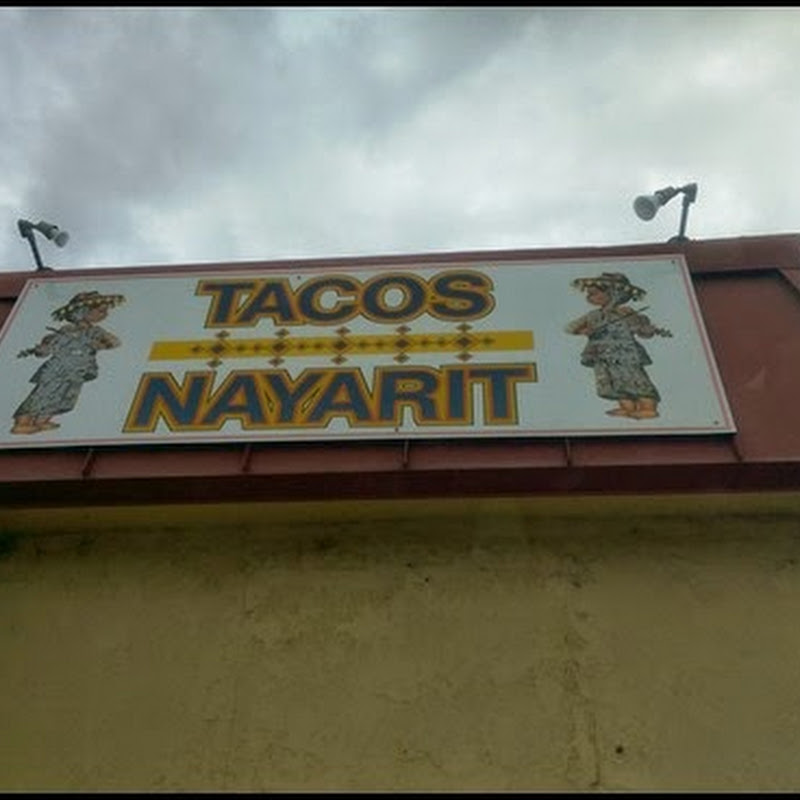 One of the primary responsibilities of the California Highway Patrol was, and is the investigation of motor vehicle traffic accidents. During my career, I would guess that the total number of accidents I investigated was well over a thousand.
One of the primary responsibilities of the California Highway Patrol was, and is the investigation of motor vehicle traffic accidents. During my career, I would guess that the total number of accidents I investigated was well over a thousand.It was during my couple of years in the Santa Cruz Office, that I began to cultivate a desire to improve my investigative skills, and be more comprehensive with all aspects of the investigation. Often, accident investigations were quite easy, especially when they were categorized as "fender benders", and only involved one or two vehicles. On the other hand, they could be quite complex, with multiple vehicles, and injury and death involved. When criminal prosecution was involved, it became even more critical to cover all of the bases.
After the first time I was embarrassed on the witness stand by a sharp defense attorney, I vowed to do all that I could to prevent that from ever happening again. There wasn't anything worse than being in the spotlight, in front of a jury, and not knowing an answer, due to an incomplete investigation. When civil litigation kicked in, often several years after the fact, the accident report was often the basis for your testimony, as the memory tended to fade after a long period of time. When serious injury or death was involved, these civil lawsuits, often against the State of California, ran into the millions of dollars.
During the mid 70's, while working in Santa Cruz, I took on a fairly intensive self study program to improve my investigative skills. This included a lot of testing with the patrol cars. If my supervisors knew how much tire rubber I was leaving on the pavement, I'm quite sure that my determination to better understand the dynamics of vehicular motion, would have been put to a screeching halt. By knowing my speed before hard brake application, I could then measure the skid marks, determine the skid resistance of the pavement, and by applying the applicable mathematics, correlate the skids to the known speed. After doing this many times, I became very confident in my ability to determine a vehicles speed, based on the length of it's skid marks.
This was the first step in my quest to become a better vehicle accident investigator. I later became much more proficient in determining a vehicles speed based on centrifugal (curved) skids. As the years rolled on, I worked very hard to better understand everything I could about vehicular dynamics, including momentum formulas, determining speed from crush damage, and the science of accident reconstruction.
My education in the above was still in it's infancy, when I was called back to Southern California to testify in a civil case, where the plaintiff was suing the State. Even though my original accident report didn't have any speed calculations, based on skids, I was able to give an opinion as to the plaintiffs speed, based on my measurements of his vehicle's skid marks. When the Superior Court Judge ruled that I was qualified to give an expert opinion, it was a highlight of my young career, and encouraged me to continue my education regarding the field of accident reconstruction. I later became a member of the States first M.A.I.T. (Multi-disciplinary Accident Investigation Team), but that's a story for a later time.




No comments:
Post a Comment